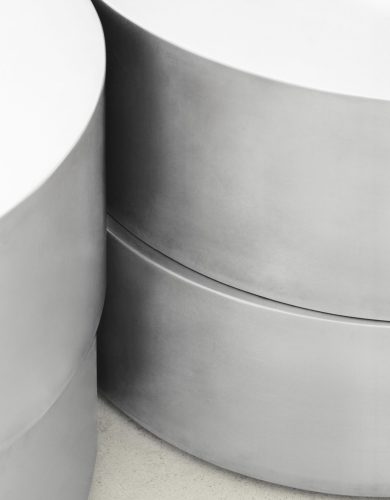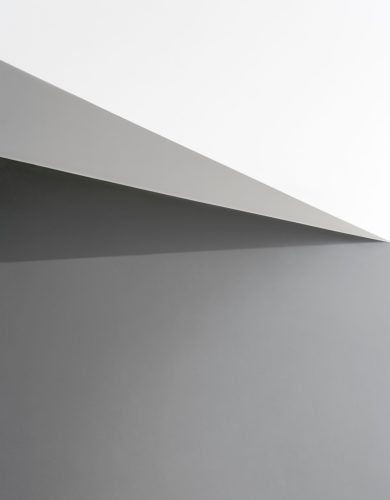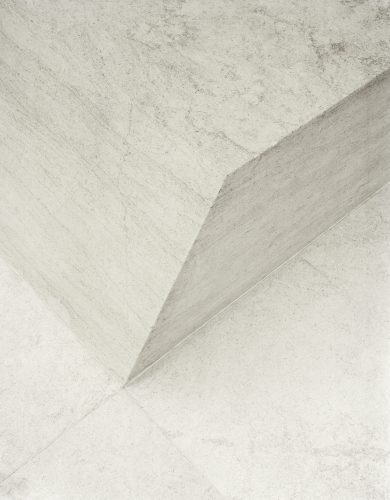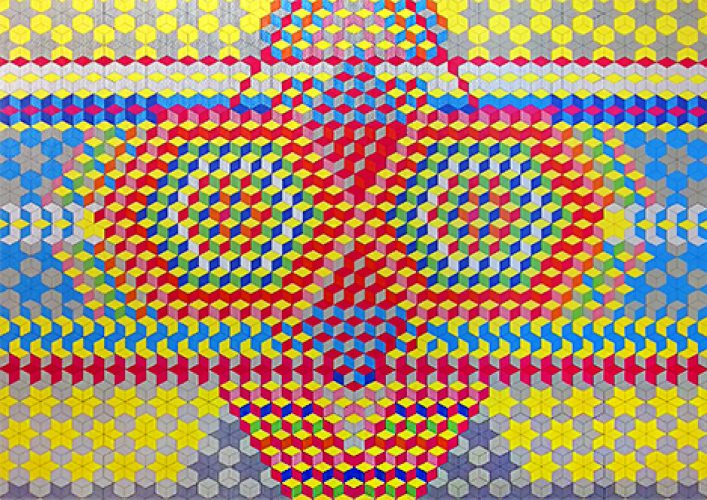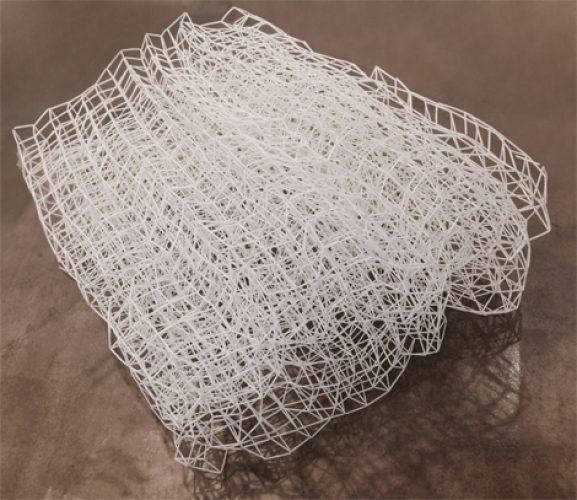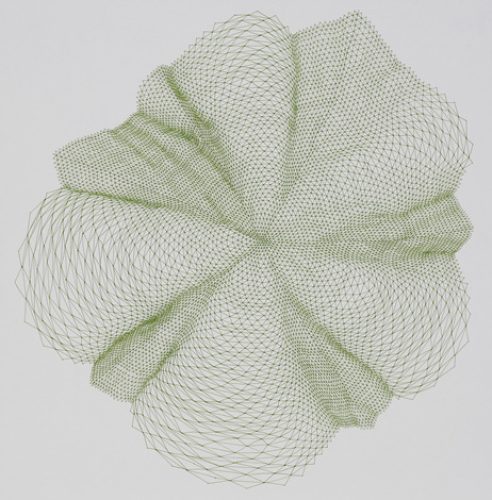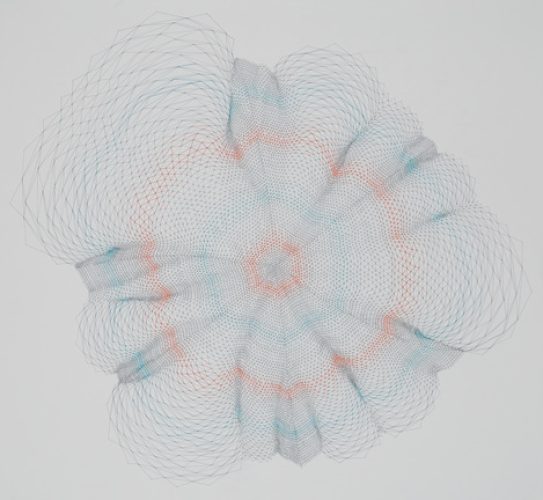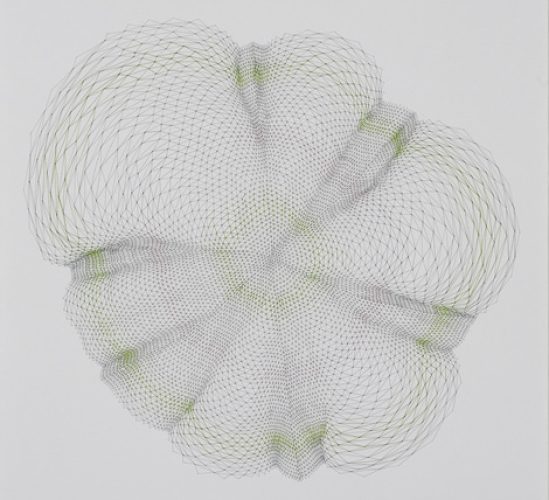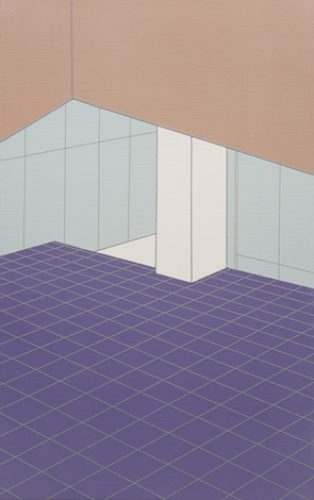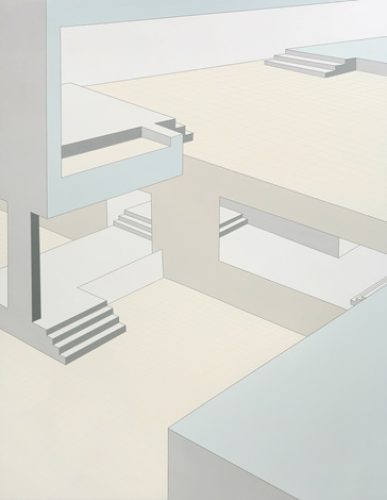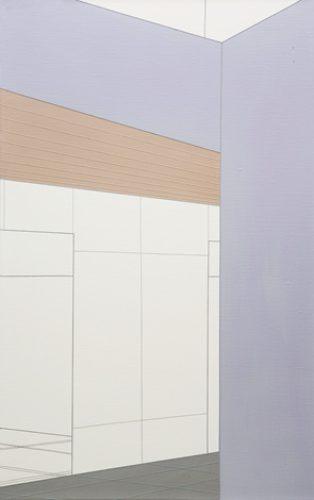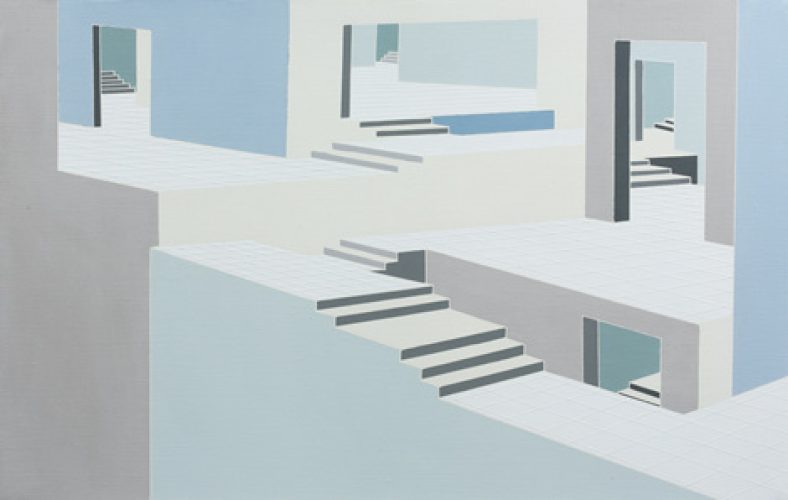Visual art is basically that of space. Though visual art has also been transformed to that of time with artists’ various attempts in modern art, all works are located in space and in that very space, they encounter appreciators. In that sense, ‘exhibition’ can be called to establish space between the work and the appreciator. Exhibition, therefore, requires close study and deep affection on space as growing and looking after flowers or crops. Thus, space is a prerequisite for exhibition and work but it also serves as a major material for works at the same time. Artists have been focusing on space itself for a long time. All the artists who participate in this tell us about space even if they express themselves in different ways. This exhibition is to display works with various media formats including photography, painting, drawing and installation and you can see reinterpretation of space; shift from experiencing space to abstract one; realization of spatial concept, etc.
Dogyun Kim’s works this time are included in the w series among his various series so far. Presenting alphabet series continuously with a, f, lu, sf etc., he has expanded the world of his works. The w series with multiple meanings of wall, wrinkle, white and so on capture one part of daily space and then give new meaning on that space. Objects of photography are the inside of a building like an edge at ceiling of white wall and a meshing area. These spaces which can be considered as forgotten and abandoned from one’s perspective are reinterpreted with the artist’s view. Images that seem abstract and geometric are born as new space with the artist’s interpretation and appreciators’ gaze being combined. The artist expresses space that cannot ever be homogenous or neutral in a minimal manner and appreciators for his work freely interpret those images based on their personal memories and experiences. In some sense, the artist allows appreciators’ eyes to pull the space which used to be pushed to the margin as if they zoomed in. As a result, aesthetic elements hidden in space come to the surface.
Space has been the media for Jiyeon Lee to recall memories. As her old memories are left as experience for certain space, she started to give them a shape with thin line tape in pastel colors. Images formed this way, however, are strange space which does not exist anywhere in reality. Because memories cannot be perfectly reproduced and memories onto one space are not coherent either, the space which the artist realizes cannot but be heterogeneous. Jiyeon Lee’s works starting from memories on realistic space and place become geometric as transformed to a two-dimensional plane. Through intriguingly arranging familiar architectural elements such as pillar, stairs, door, ceiling, wall and edge on one canvas, she shows us world beyond the real space. Studying the spatial concept more in depth, the artist heads for the real space and she now tries to realize the abstract concept of space through and within installation work.
Gayoung Jeon’s works are put in a sort of circulating structure. First, one order is formed in space, a relation is established through that order and the established relation makes a shape. The shape itself becomes the space. The space here is both beginning and output of work. In case of three-dimensional work, LED light made with hanji (traditional Korean paper handmade from mulberry trees) evenly disperses light and color within the space and tries making a relation with other objects in space and with appreciators. A new space is made through intervention in the space. Space discovered from her drawings is more abstract than one in three-dimensional works. Titled as ‘Gayoung Drawing,’ her works are classified into ‘spectrum drawing net’ and ‘spectrum drawing check.’ We can feel the artist’s delicacy in her drawings which are composed with curves or straight lines being crossed like a fine net. The combination of these lines is an orderly shape made out of something’s regular repetition and there exist diverse relations. It reminds of relations between people, cultures and between man and nature which are formed in one world. Thus, we can recognize conceptual space with her works.
Three artists participating in approach secret characteristics of space in a conceptual or sensible way and show their interesting outcomes to appreciators. Space, along with time, is a significant and conceptual element to understand the world. It is because the world where we live exists for two axes of time and space. Artists’ attention and study on space are to be continued and I think it is worth expecting future outcomes from their artistic sensibility.
Jung Sola (Independent Curator, Art Critic)

